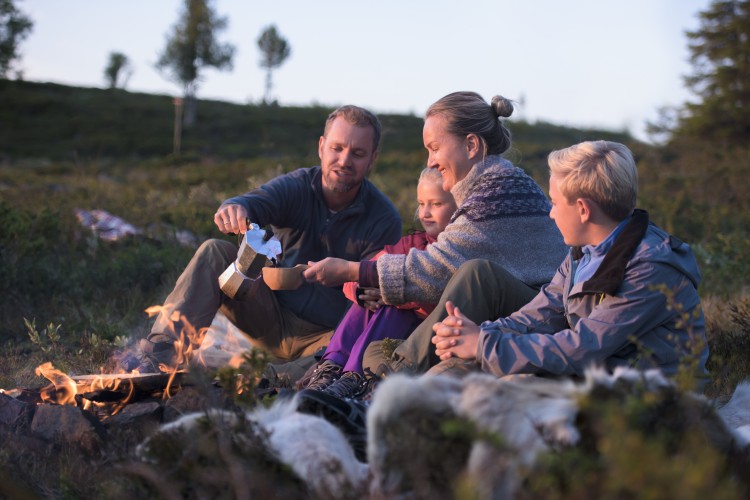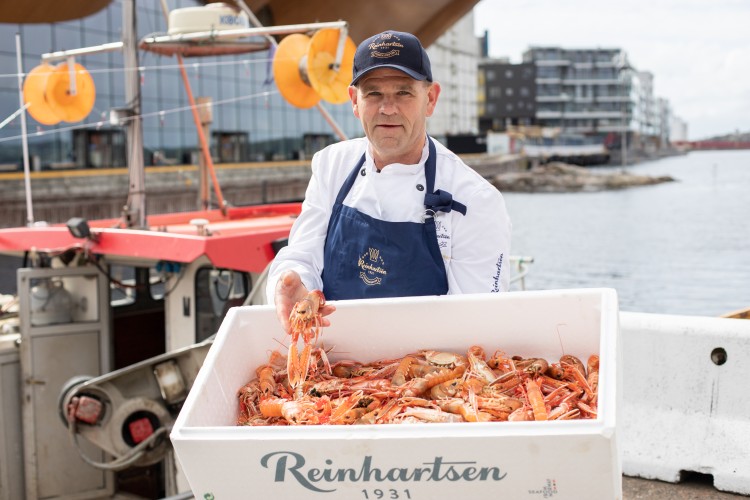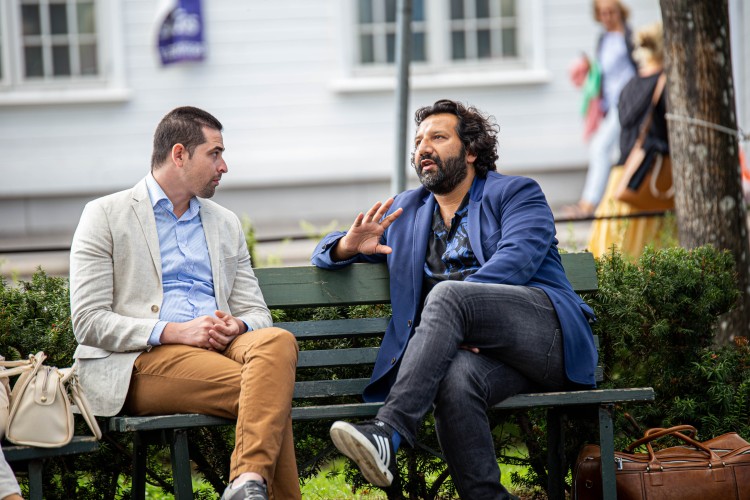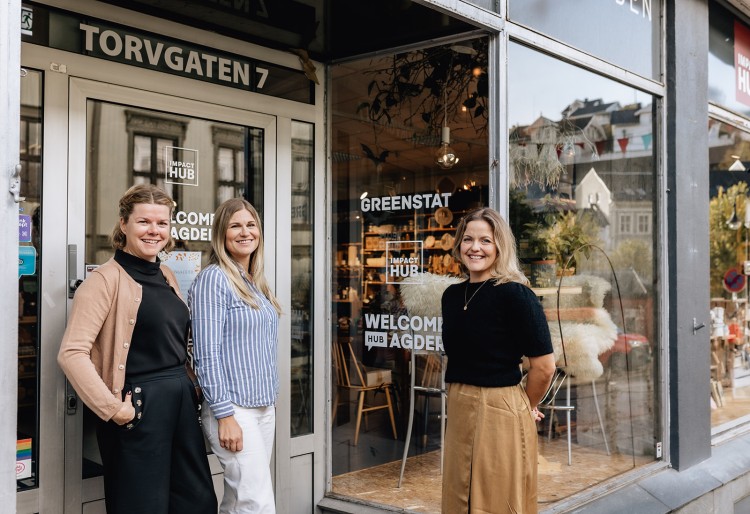A generational bond with nature

At the heart of Norwegian culture lies the concept of "friluftsliv" — a term that encapsulates the nation's famous connection to nature. This philosophy is not merely a pastime but a fundamental aspect of Norwegian identity. The Agder region, with its breathtaking landscapes, serves as a perfect canvas for experiencing friluftsliv in its purest form.
Nestled in Southern Norway, Agder enjoys a milder climate compared to other regions in Norway. This allows for year-round outdoor activities including hiking, fishing, cycling and boating.
Coastal living and a maritime heritage
The Agder way of life is deeply rooted in its coastal heritage. The region's numerous harbors and fishing villages reflect a long-standing relationship with the sea. This maritime influence extends beyond mere geography, shaping a relaxed culture that invites natives, settlers and visitors to embrace life's simple pleasures.

Maritime influence is also reflected in the local cuisine and home-cooked recipes. Fresh seafood, game meats, and locally sourced ingredients are staples of the regional diet. This emphasis on seasonal and local produce resonates with the broader Scandinavian ethos of sustainability.
A quintessentially Nordic work culture
Like many Scandinavian regions, Agder prioritizes work-life balance through several key aspects. The average work week is 37.5 hours, with many employers operating with flexible working hours. Employees are entitled to a minimum of five weeks of paid vacation each year, as well as paid parental leave for both parents.

Our workplaces are characterized by a high level of gender equality and flatter power structures that prioritize trust and transparency over formality and micromanaging. This fosters an environment employees are encouraged to ask questions and actively contribute, promoting a healthy workplace culture.
Agder at a glance
- Agder is the southernmost county in Norway, bordering the Skagerrak and North Sea.
- The county spreads across an area of 16,500 km².
- Agder shares borders with the counties of Vestfold and Telemark to the east and Rogaland to the west.
- Agder's geography is diverse, featuring forests, valleys, heaths, and mountains in the north.
- Agder consists of 25 municipalities, with Kristiansand municipality as the regional capitol.
- The Agder County Council (fylkesting) is the main governing body, consisting of 49 councilors elected for four-year terms.
- The council has an executive board (fylkesutvalg) that meets more frequently than the full council to handle day-to-day governance.
- The County Council is led by a Chairperson (fylkesordfører), who also heads the executive board.
- The County Executive (fylkeskommunedirektør) oversees the administrative organization.
- Inhabitants: As of January 1, 2024, Agder had 319,850 inhabitants, with backgrounds from 150 countries.
- Ranking: Agder is Norway's seventh largest county.
- Growth: Since 2010, Agder has been one of the fastest growing regions in Norway.
- Reasons for growth: High immigration is the main reason for this growth, but the county also has a somewhat younger population and a slightly higher birth rate than the national average.
- Coastal living: A notable 85% of the population resides along the coast.
- Industry structure: The largest industries in Agder, measured by the proportion of employees, are: Health and social services (23%), Trade (13%), Construction (10%), Industry (10%) and Education (10%).
- During the early Viking Age, before Harald Fairhair united Norway, Agder was an independent petty kingdom.
- After Norway's unification, Agder became known as "Egdafylki" and later "Agdesiden", a county within the kingdom of Norway.
- During the Age of Sail, Agder's outports were crucial service stations for merchant ships traveling between the North Sea and the Baltic Sea.
- King Christian IV founded Kristiansand, Agder's largest city, in 1641 as a strategic stronghold.
- The region has strong ties to the USA due to historical emigration, particularly in areas like Lista, Vanse, Farsund, and Kvinesdal.
- The name "Agder" is older than the Norwegian language itself, believed to be at least 1,500 years old. Its original meaning remains uncertain.
- Norway's southernmost point, a skerry called Pysen located southeast of Mandal, is in Agder.
- The region is sometimes called "The Norwegian Riviera" due to its temperate climate and numerous attractions.
- Kunstsilo, the ground-breaking museum set inside a meticulously restored grain silo, is located in Kristiansand, Agder. It houses one of the greatest Nordic art collections in the world.
- The southern dialect of Norwegian spoken in Agder has a softer tone similar to Danish, with characteristic differences in pronunciation compared to other Norwegian dialects.

Visit Southern Norway
Learn more about destinations, things to do, accommodations and unique culinary experiences in Southern Norway.

Relocation Agder
Learn more about the service that provides end-to-end relocation assistance for companies hiring international talent in Agder.

Welcome Hub Agder
Learn more about the company that guides new residents through everything they need to “become a local” in Arendal, Agder.





